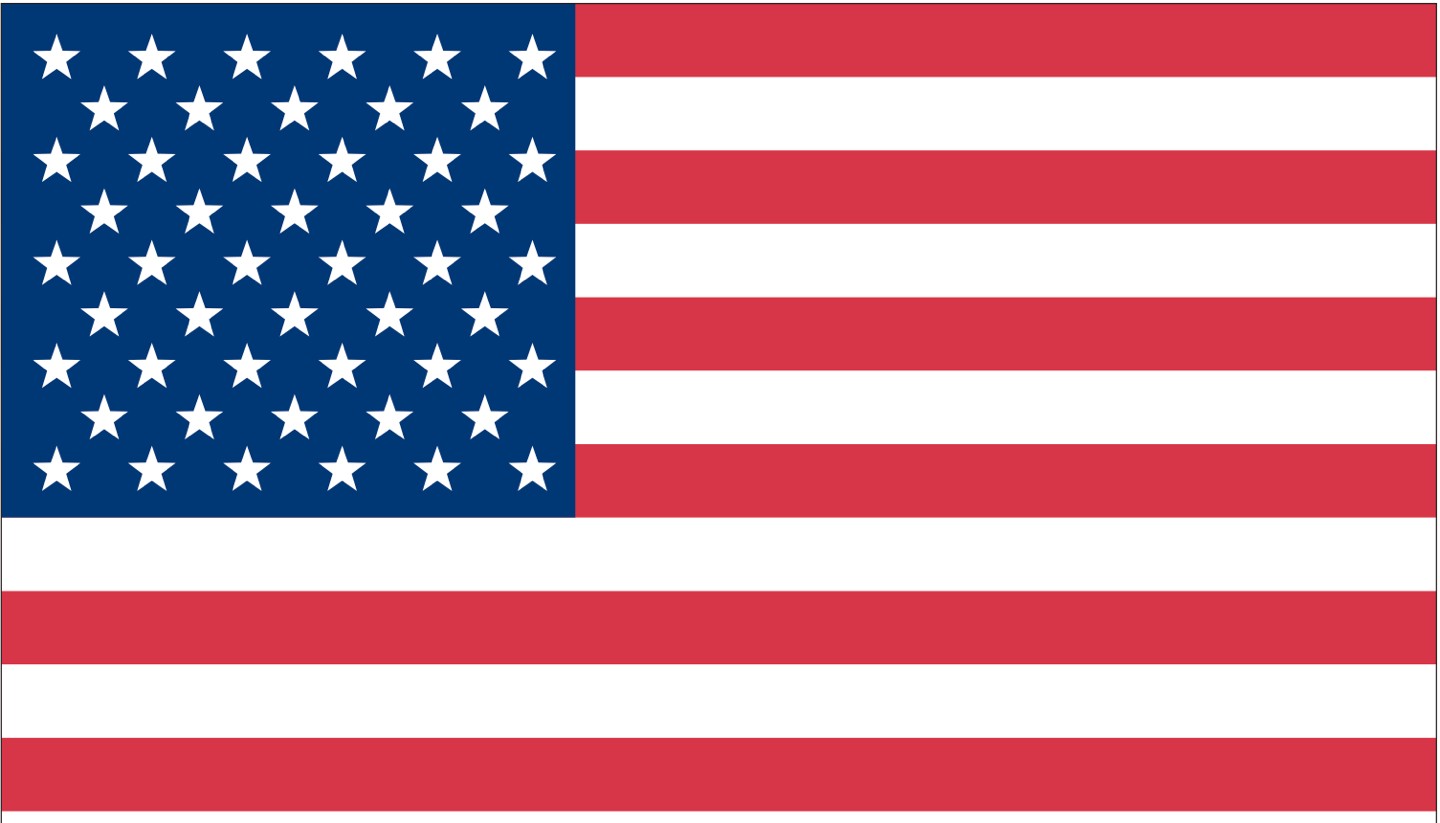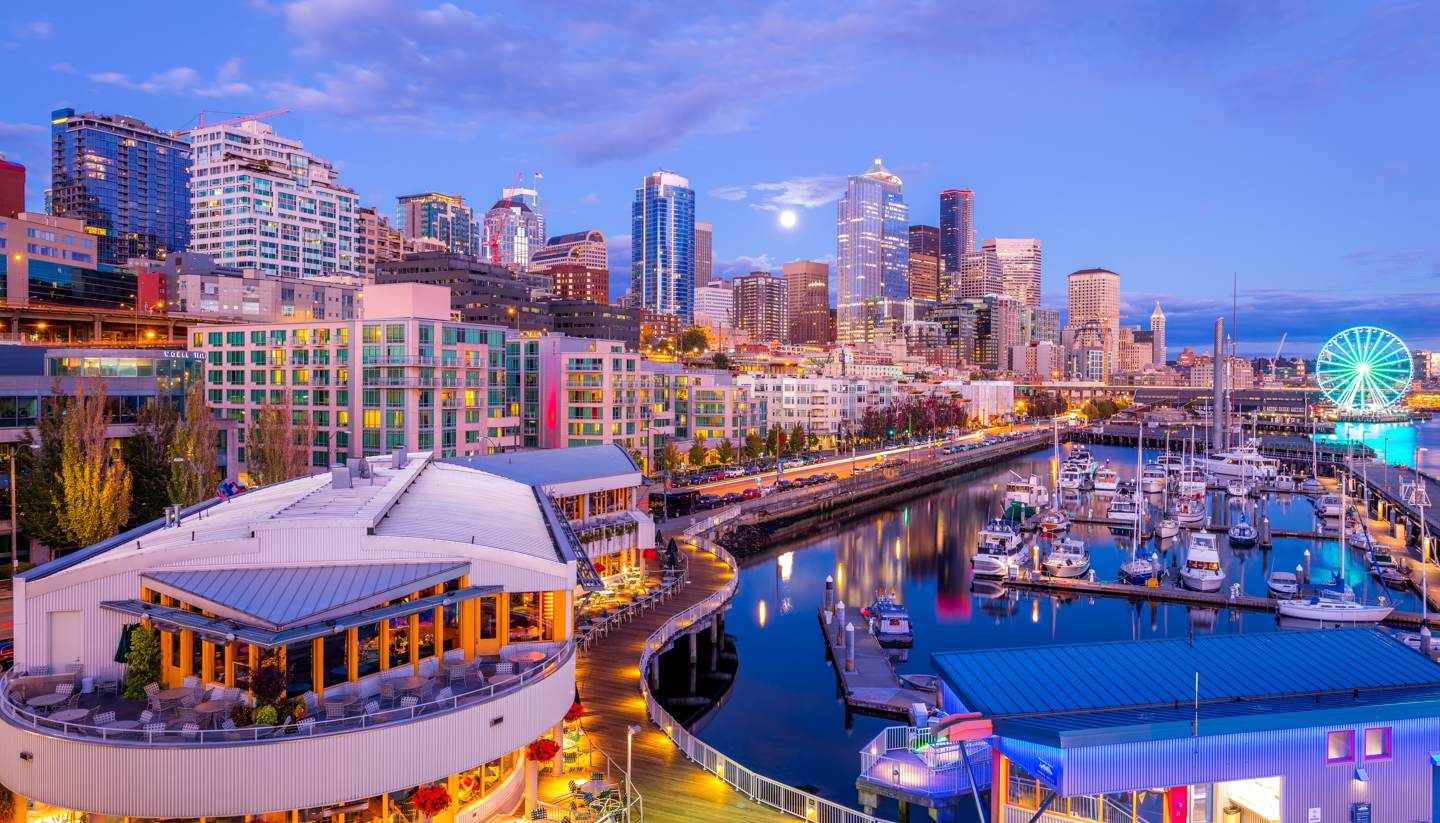United States of America Weather, climate and geography
Weather and climate
Best time to visit
Given its vast size and varied geography, the United States experiences a wide range of climates, from tropical to arctic, and just about everything in between. Travellers should always check regional forecasts before visiting, as weather conditions can differ dramatically depending on location and season.
The Northeast (e.g. New York, Boston) has cold, snowy winters and warm, humid summers, while the Southeast (e.g. Florida, Georgia) is more subtropical, with mild winters and hot, humid summers, often with afternoon thunderstorms. Hurricane season affects coastal areas from June to November, particularly along the Gulf Coast and Southeast.
The Midwest (e.g. Chicago, Minneapolis) experiences hot summers and freezing winters, often with snowstorms and cold snaps. The Great Plains can be windy and are known for tornado activity, especially in spring and early summer.
The Southwest (e.g. Arizona, Nevada) is hot and dry, with desert climates and intense summer heat, while the West Coast (e.g. California) offers mild, wet winters and dry, sunny summers, particularly in Southern California.
The Pacific Northwest (e.g. Seattle, Portland) has a temperate marine climate, with wet, cool winters and dry, pleasant summers. In contrast, Alaska features subarctic and arctic conditions, with long, cold winters and short, mild summers. Hawai'i enjoys a tropical climate year-round, with warm temperatures and two main seasons—dry (April to October) and wet (November to March).
Required clothing
What to pack for a trip to the United States depends heavily on the season and the regions you plan to visit. In general, casual clothing is widely accepted, and comfort is key—jeans, T-shirts, trainers, and light layers are suitable for most everyday situations. However, if you're planning to dine out at upscale restaurants or attend formal events, include at least one smart outfit.
If you're visiting during summer, bring lightweight, breathable fabrics, especially for the humid South or hot deserts of the Southwest.
For winter travel, particularly in the North, Midwest, or mountainous areas, pack warm layers, a heavy coat, gloves, a hat, and waterproof boots. Rain jackets or umbrellas are useful in wetter regions like the Pacific Northwest.
Outdoor and nature enthusiasts should bring appropriate hiking gear, sturdy footwear, and sun protection for national parks and rural areas.
Geography
The United States is the third-largest country in the world by land area, stretching from the Atlantic Ocean in the east to the Pacific Ocean in the west, and from the Canadian border down to Mexico and the Gulf of Mexico. It also includes the non-contiguous states of Alaska, to the northwest of Canada, and Hawaii, an island chain in the central Pacific.
Geographically, the U.S. is incredibly diverse. The East Coast features rolling hills, historic cities, and rugged coastlines, while the Appalachian Mountains run north to south through its interior. Moving westward, the Great Plains open up into vast stretches of flat farmland and prairies, giving way to the dramatic peaks of the Rocky Mountains.
The Southwest is characterised by deserts, red rock canyons, and unique geological formations—nowhere more famously than the Grand Canyon. Further west, California offers towering mountains and a stunning coastline, while the Pacific Northwest boasts lush forests and volcanic peaks. Alaska is home to glaciers, tundra, and North America's highest mountain, Denali. In contrast, Hawaii features tropical beaches, rainforests, and active volcanoes.
The U.S. also contains a rich variety of rivers, lakes, and natural wonders, including the Mississippi River, the Great Lakes, and Yellowstone National Park, the first national park in the world. This geographic variety supports a wide range of climates—from arctic cold in Alaska to subtropical heat in Florida and arid deserts in the Southwest.





